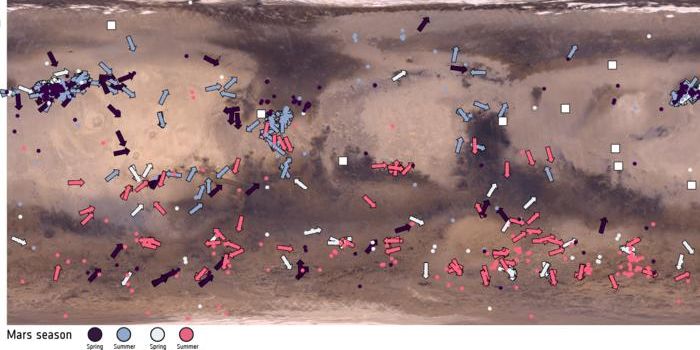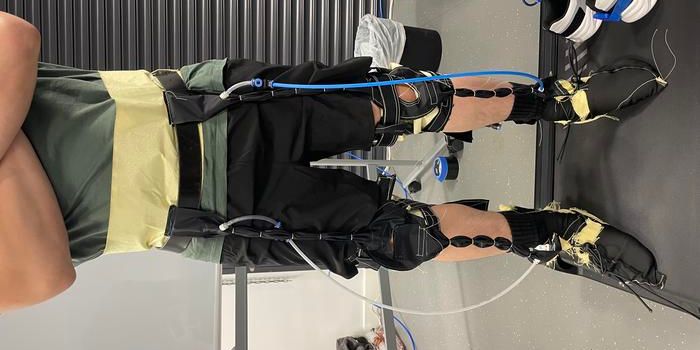Can Robots Land Like Birds?
Below the gaze of high-speed cameras, a tiny bird named Gary is awaiting the signal to fly over to a perch covered in Teflon. The successful land of Gary on the Teflon reveals new inspirations to how researchers can develop machines that land like a bird.

Stanford University: In order to better understand the versatile gripping abilities of birds, researchers at Stanford taught parrotlets – like this bird, Gary – to fly to perches made of different materials, including natural woods, foam and Teflon. (Image credit: Kurt Hickman)
"Modern aerial robots usually need either a runway or a flat surface for easy takeoff and landing. For a bird, almost everywhere is a potential landing spot, even in cities," says Diana Chin, a graduate student at Stanford University who is part of the lab of David Lentink, assistant professor of mechanical engineering. "We really wanted to understand how they accomplish that and the dynamics and forces that are involved."
The most advanced robots are nowhere near the ability of animals in dealing with objects. In a study published in eLife, researchers gathered data on how birds, like Gary, can land on different surfaces such as a variety of natural and artificial perches covered in foam, sandpaper, and Teflon.
"This is not unlike asking an Olympic gymnast to land on Teflon-covered high bars without chalking their hands," said Lentink, who is senior author of the paper. Yet, the parrotlets made what seems almost impossible for a human look effortless.
The study also examined physics of friction and how it’s produced by the birds' claws and feet.
"When we look at a person running, a squirrel jumping or a bird flying, it is clear that we have a long way to go before our technology can reach the complex potential of these animals, both in terms of efficiency and controlled athleticism," said William Roderick, a graduate student in mechanical engineering in the Lentink lab and lab of Mark Cutkosky, the Fletcher Jones Chair in the School of Engineering. "Through studying natural systems that have evolved over millions of years, we can make tremendous strides toward constructing systems with unprecedented capabilities."
Parrot on hand (stock image). Credit: © prakhob_khonchen / Adobe Stock
"One application of this work that I'm interested in is having perching robots that can act as a team of tiny little scientists that make recordings, autonomously, for field research in forests or jungles," Roderick said. "I really enjoy drawing from the fundamentals of engineering and applying them to new fields to push the limits of what has been previously achieved and what is known."
Watch this video below to learn more:
Source: Stanford University









